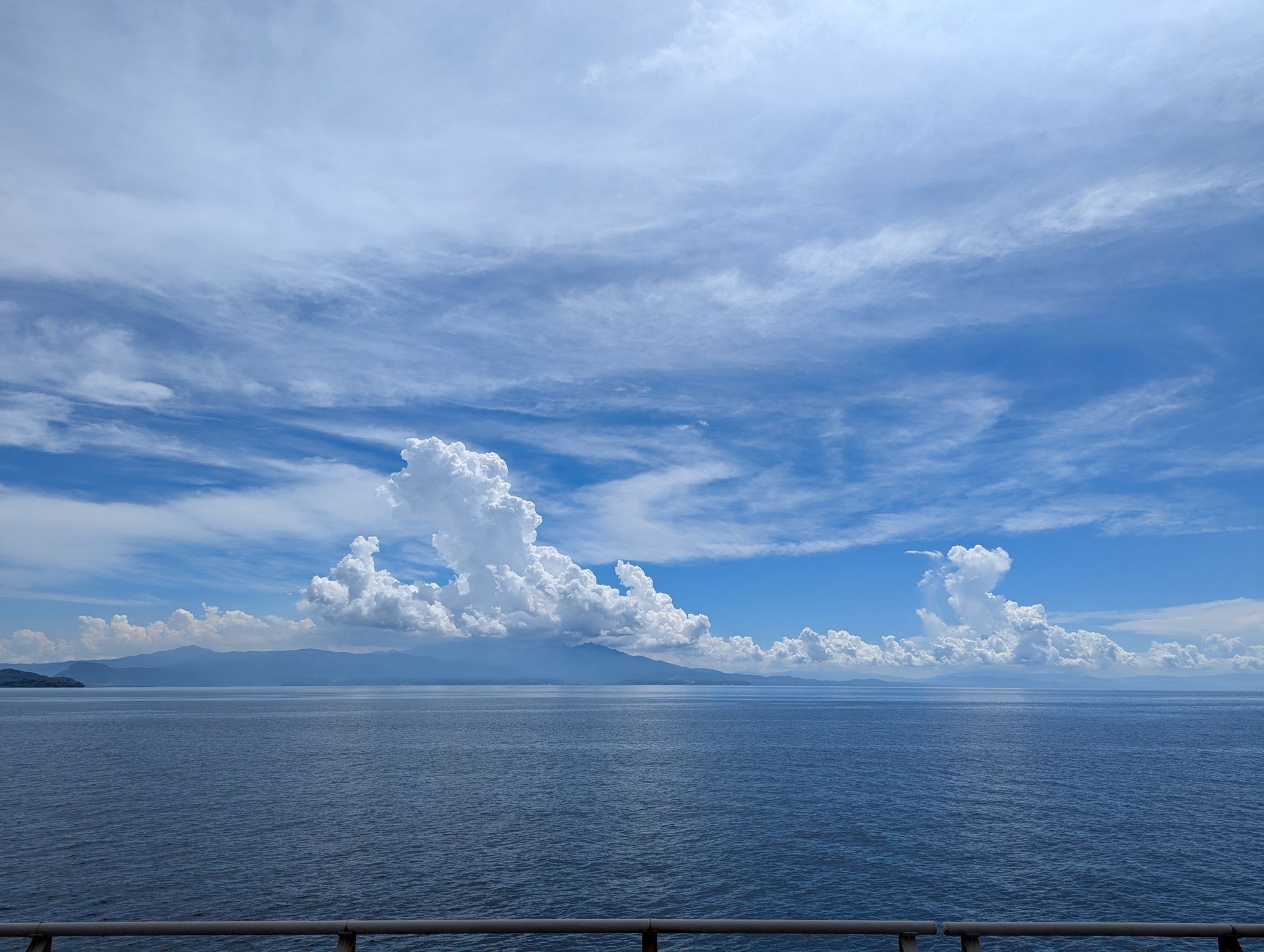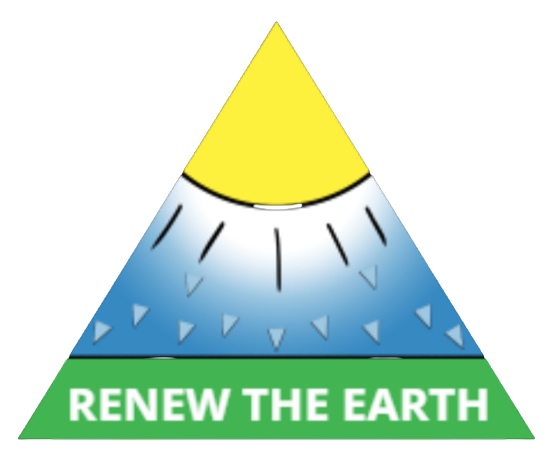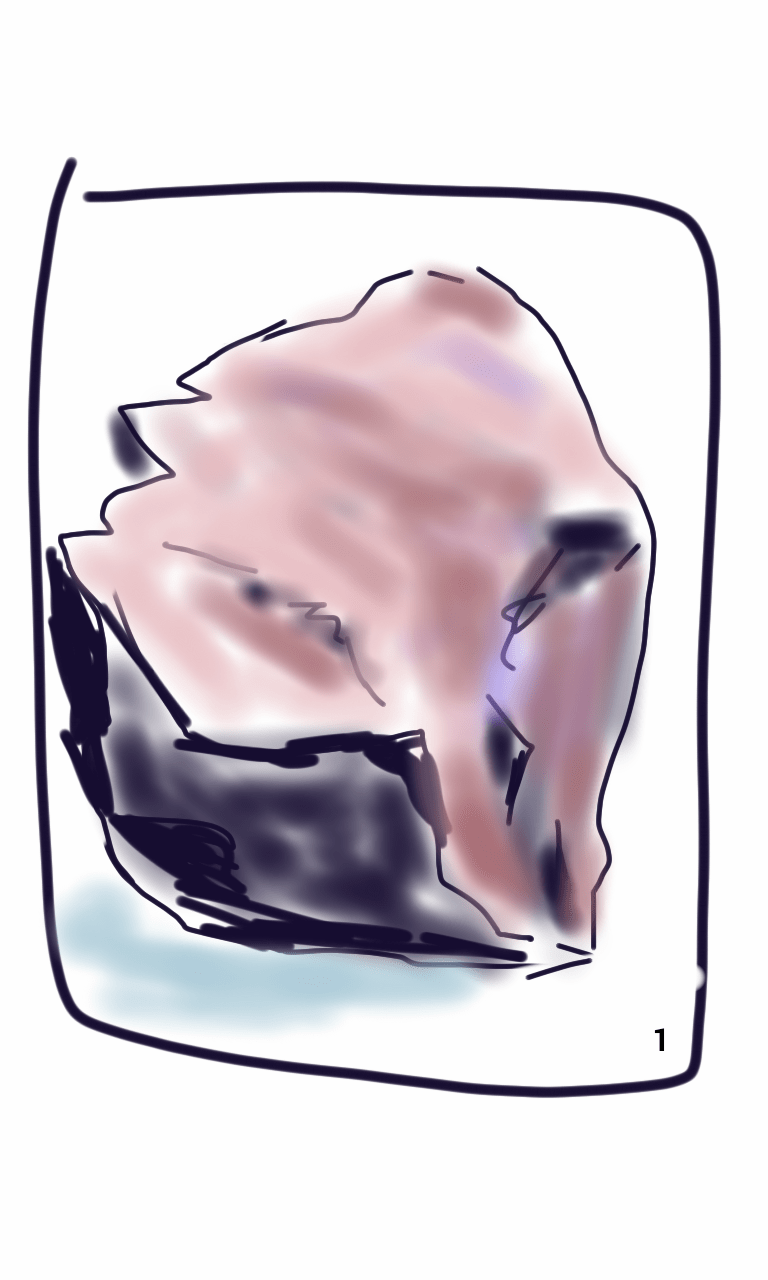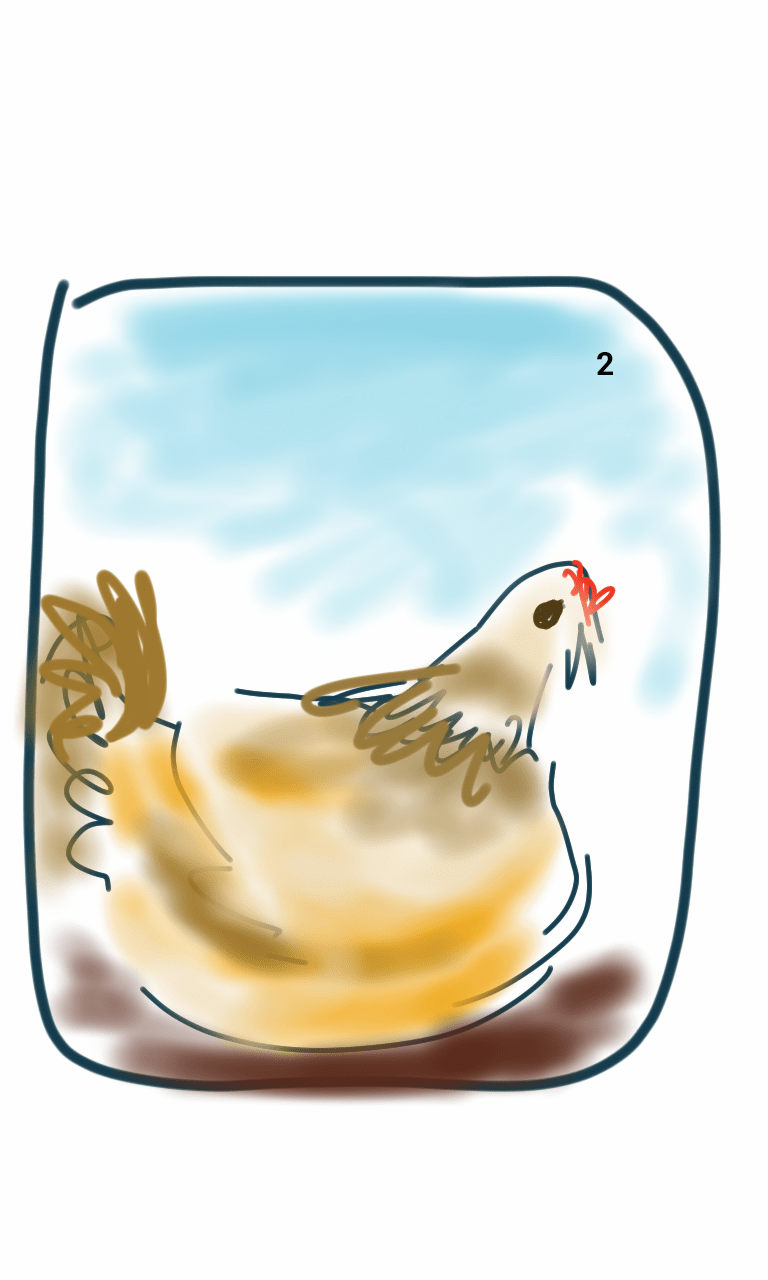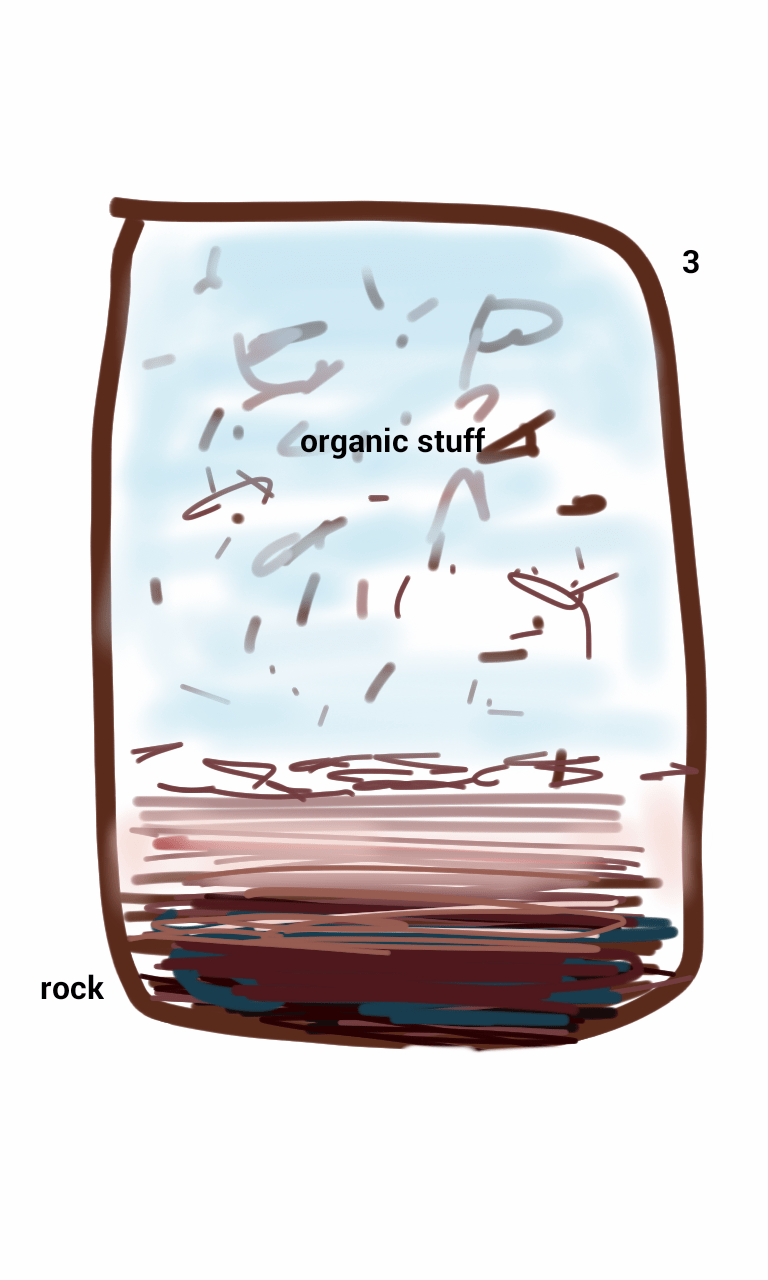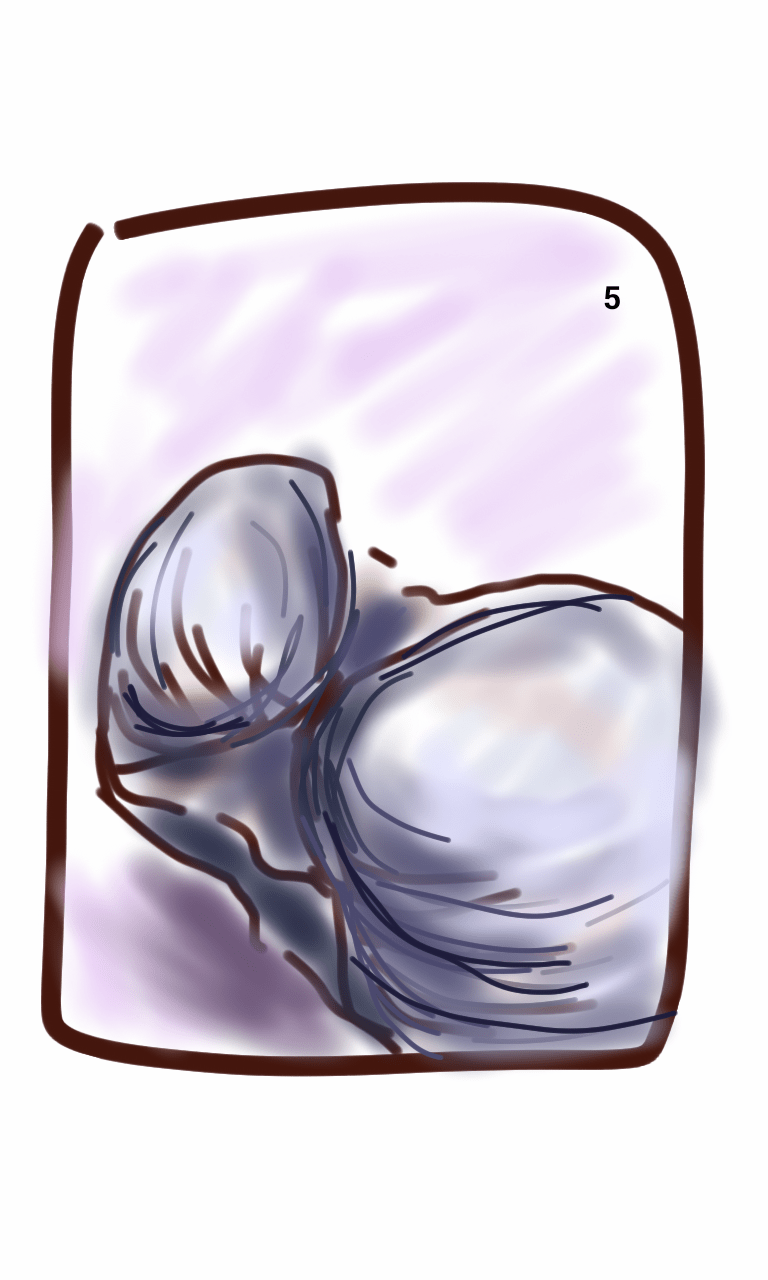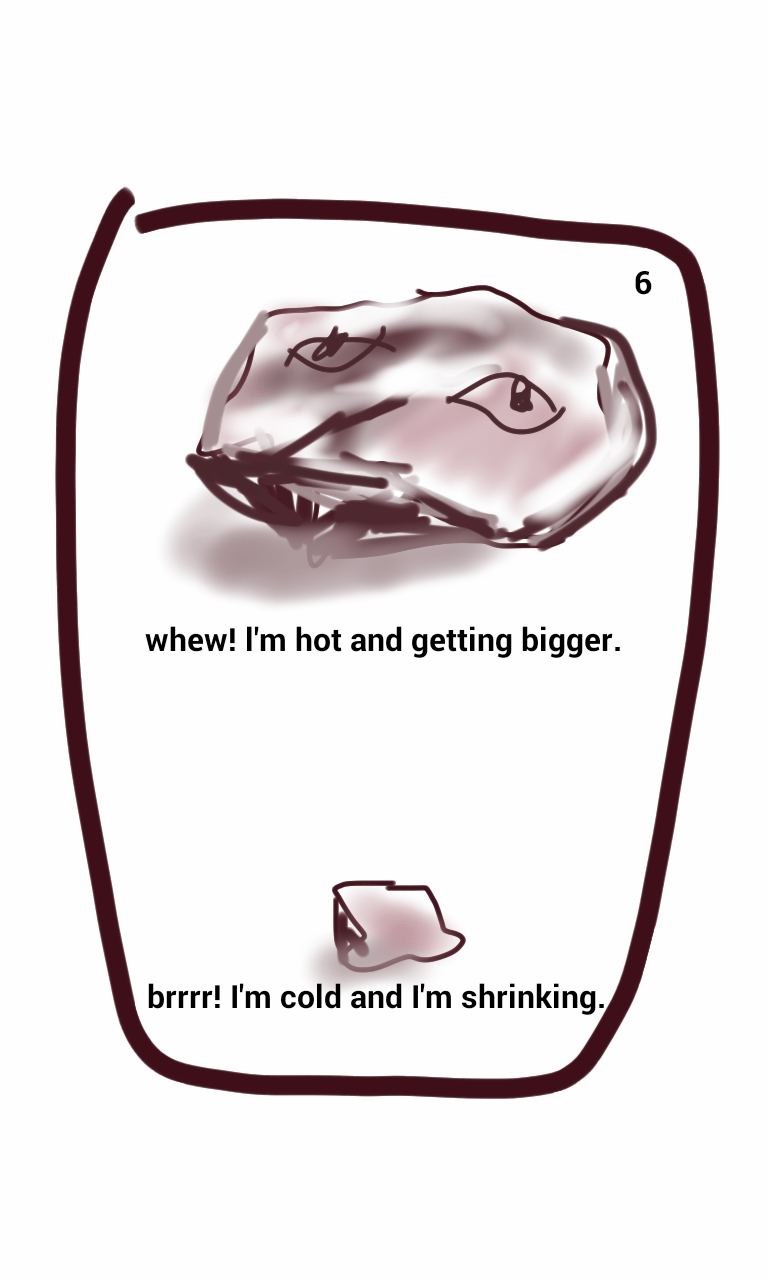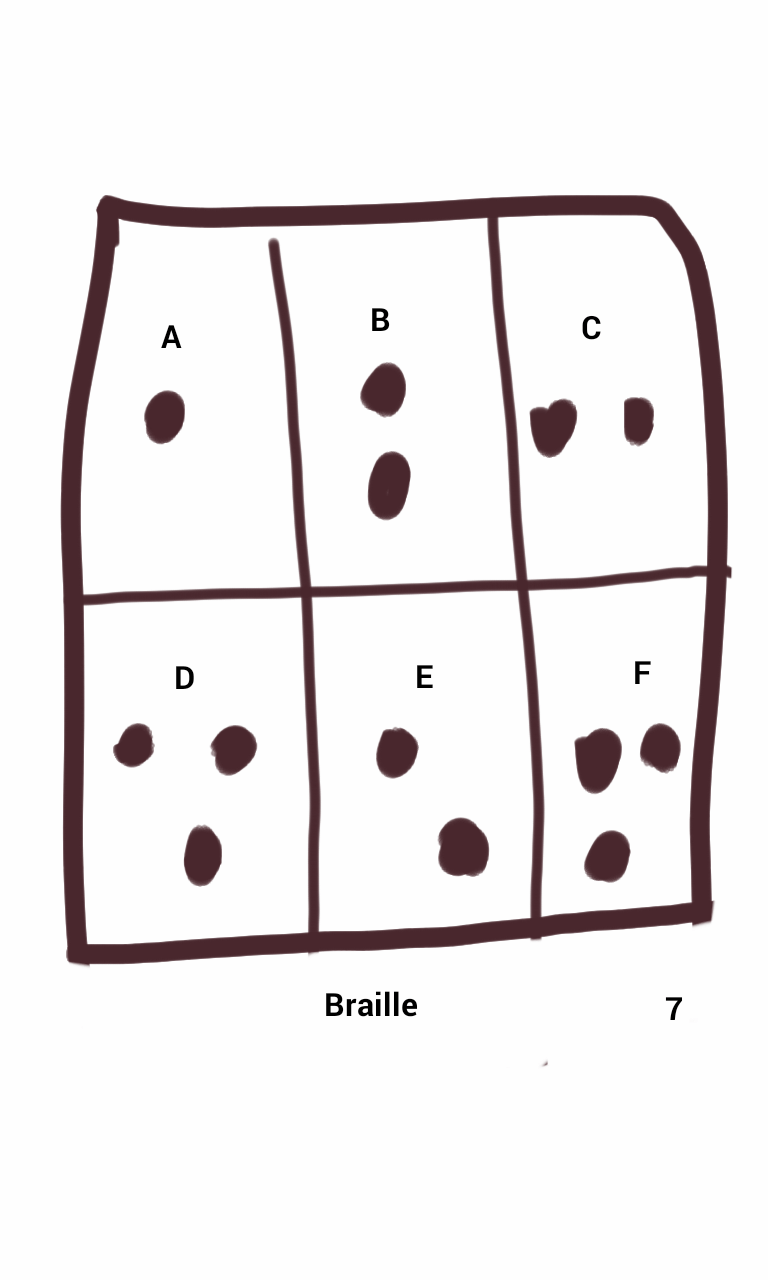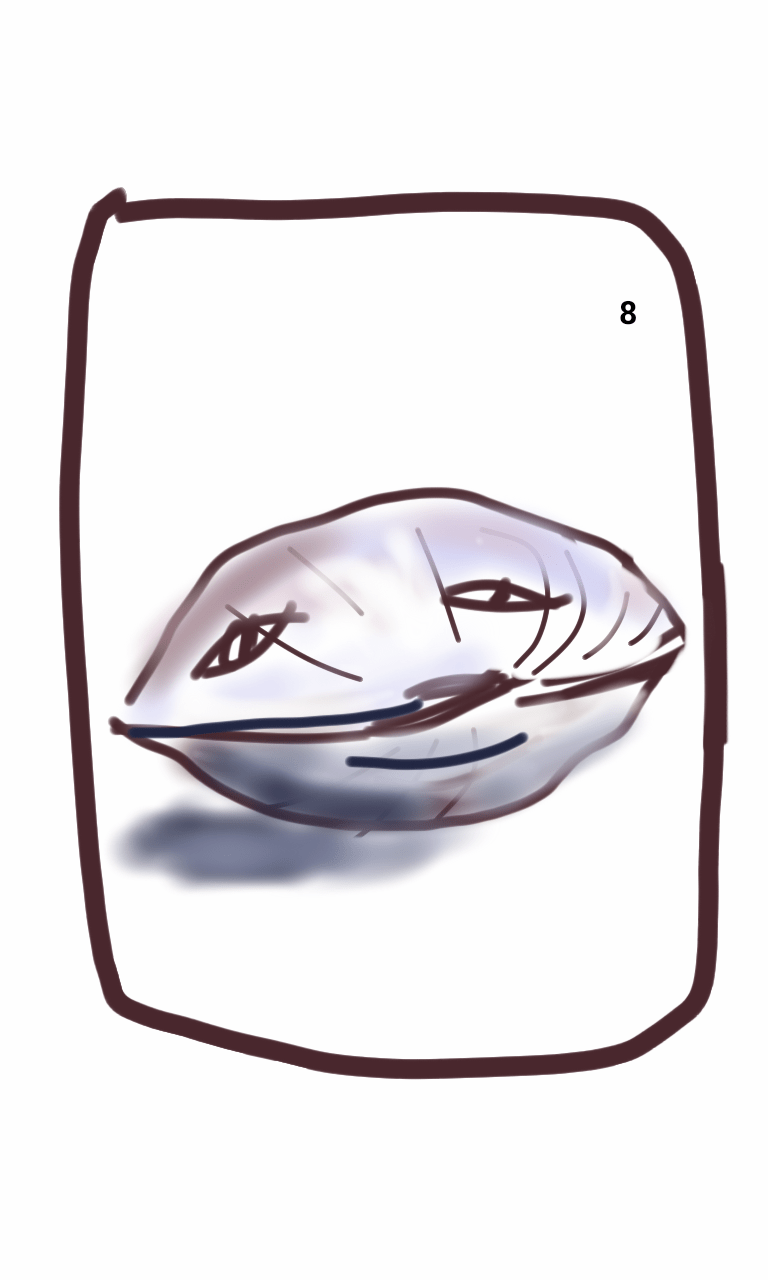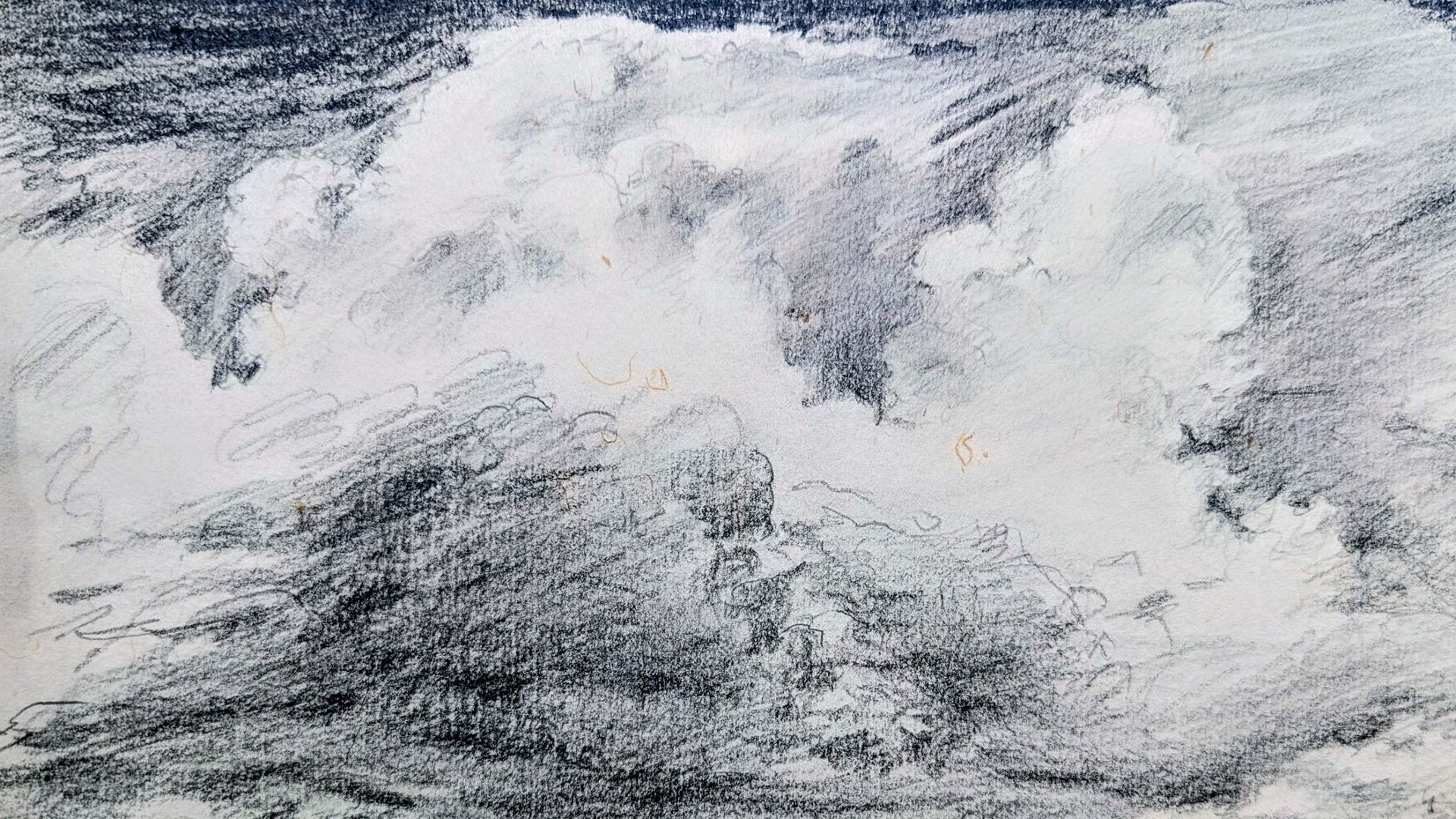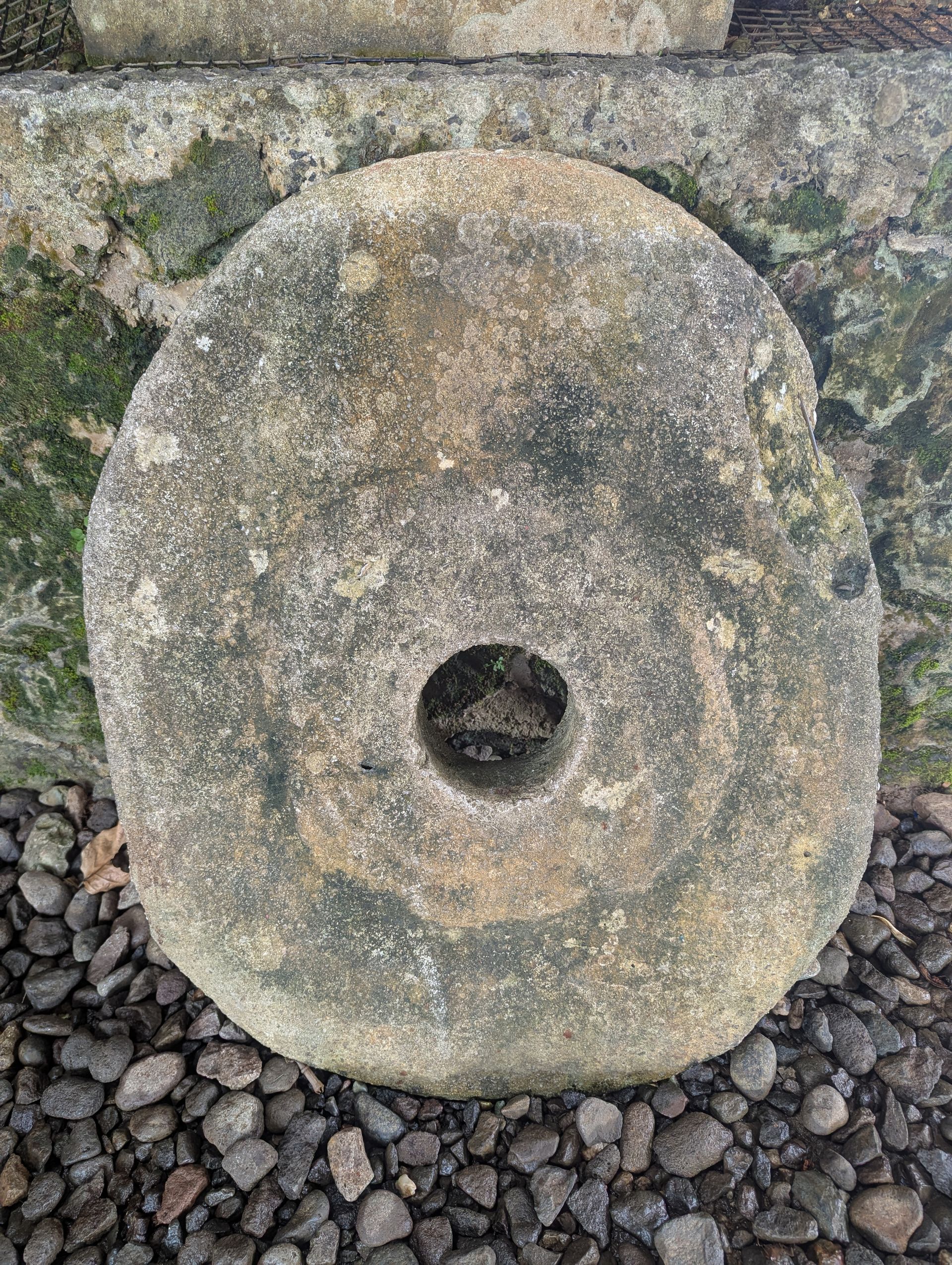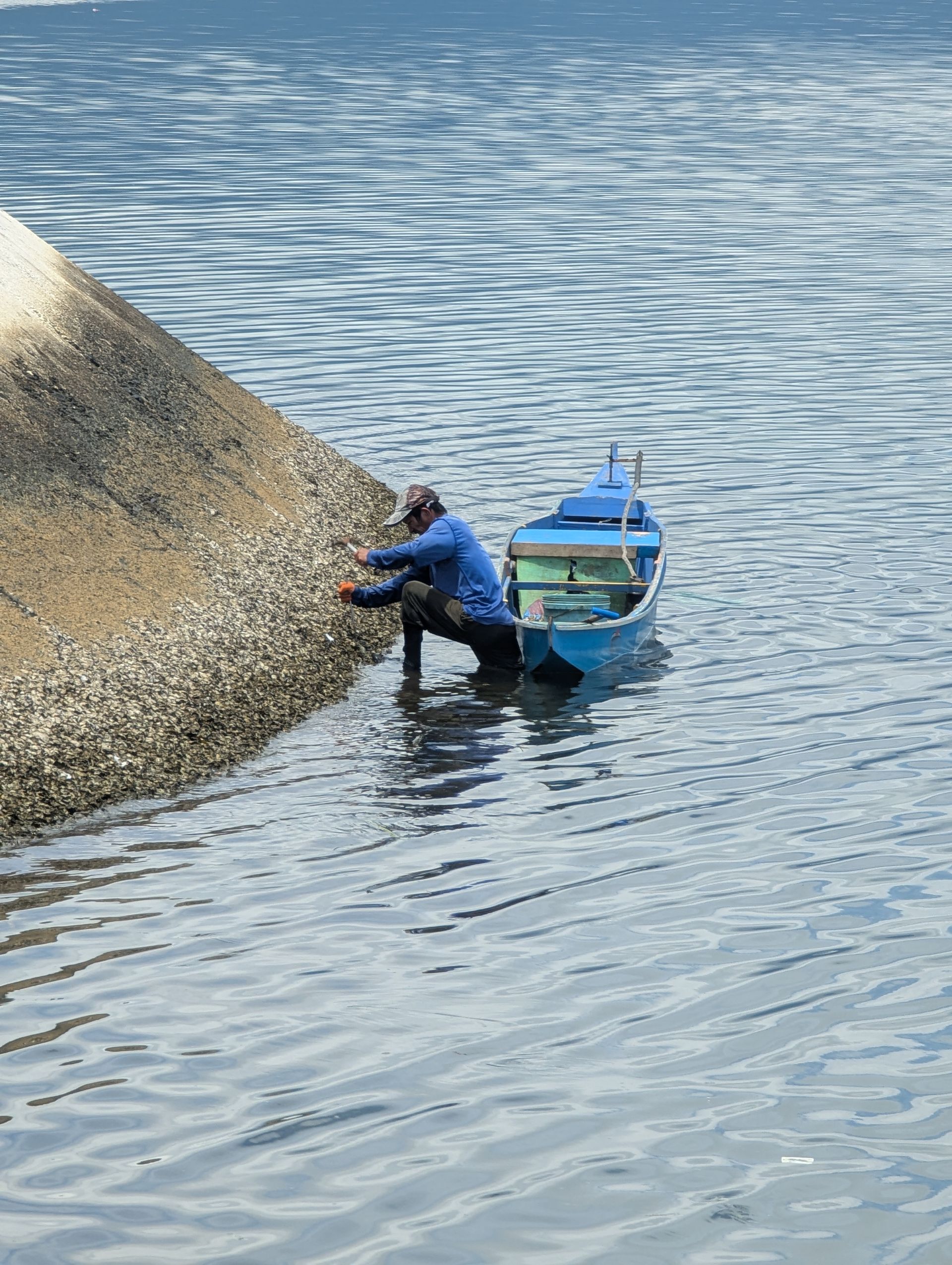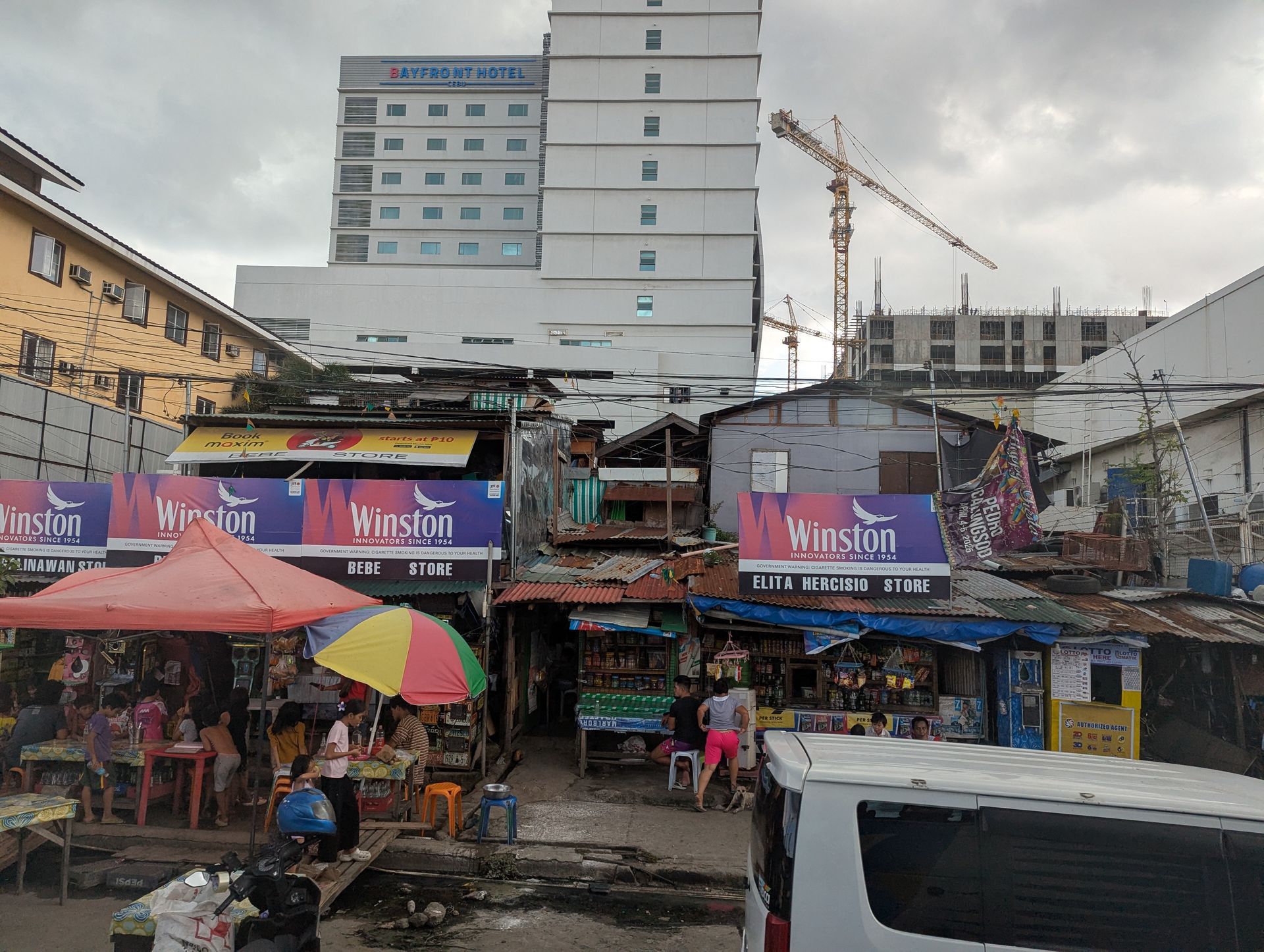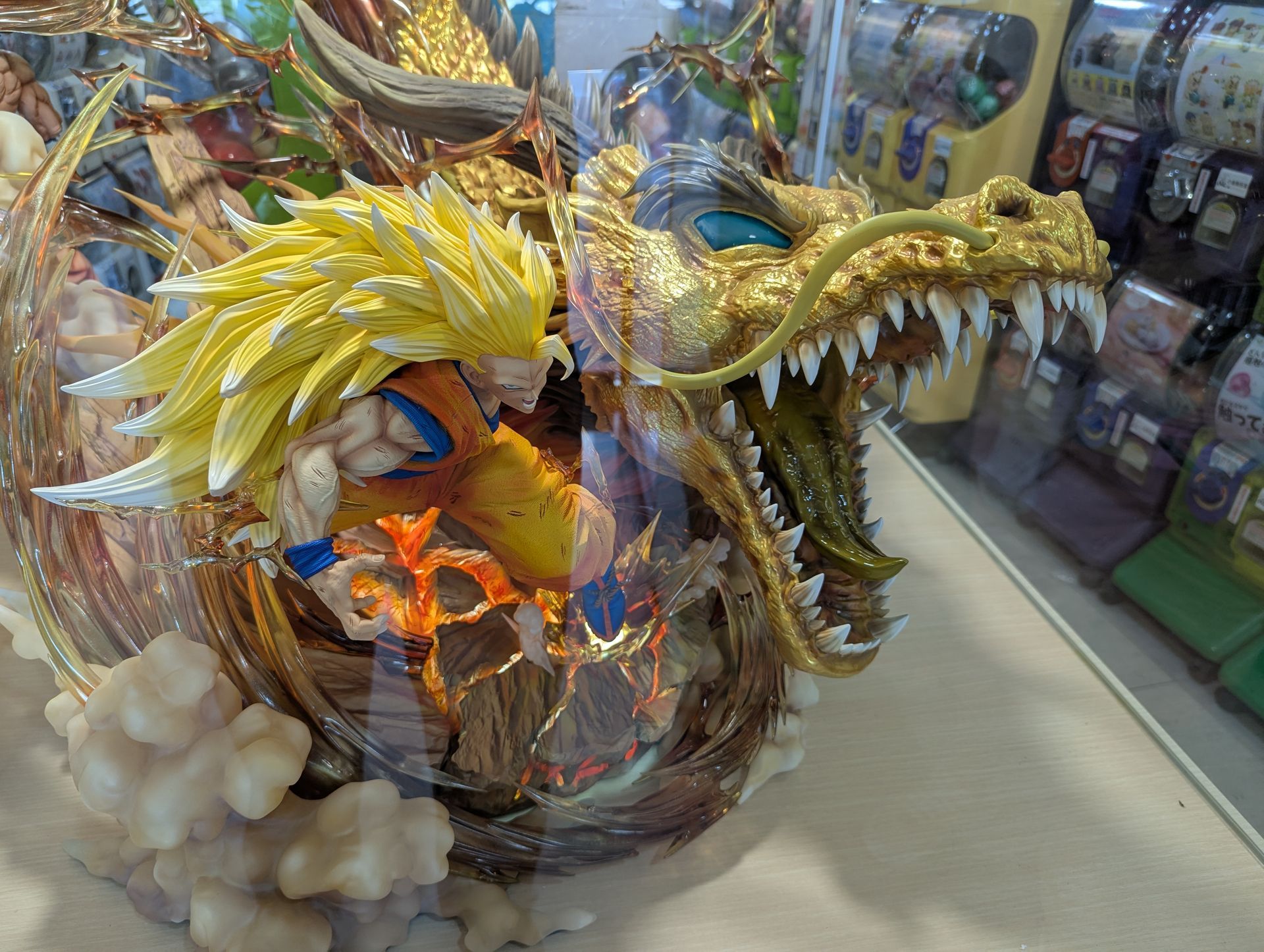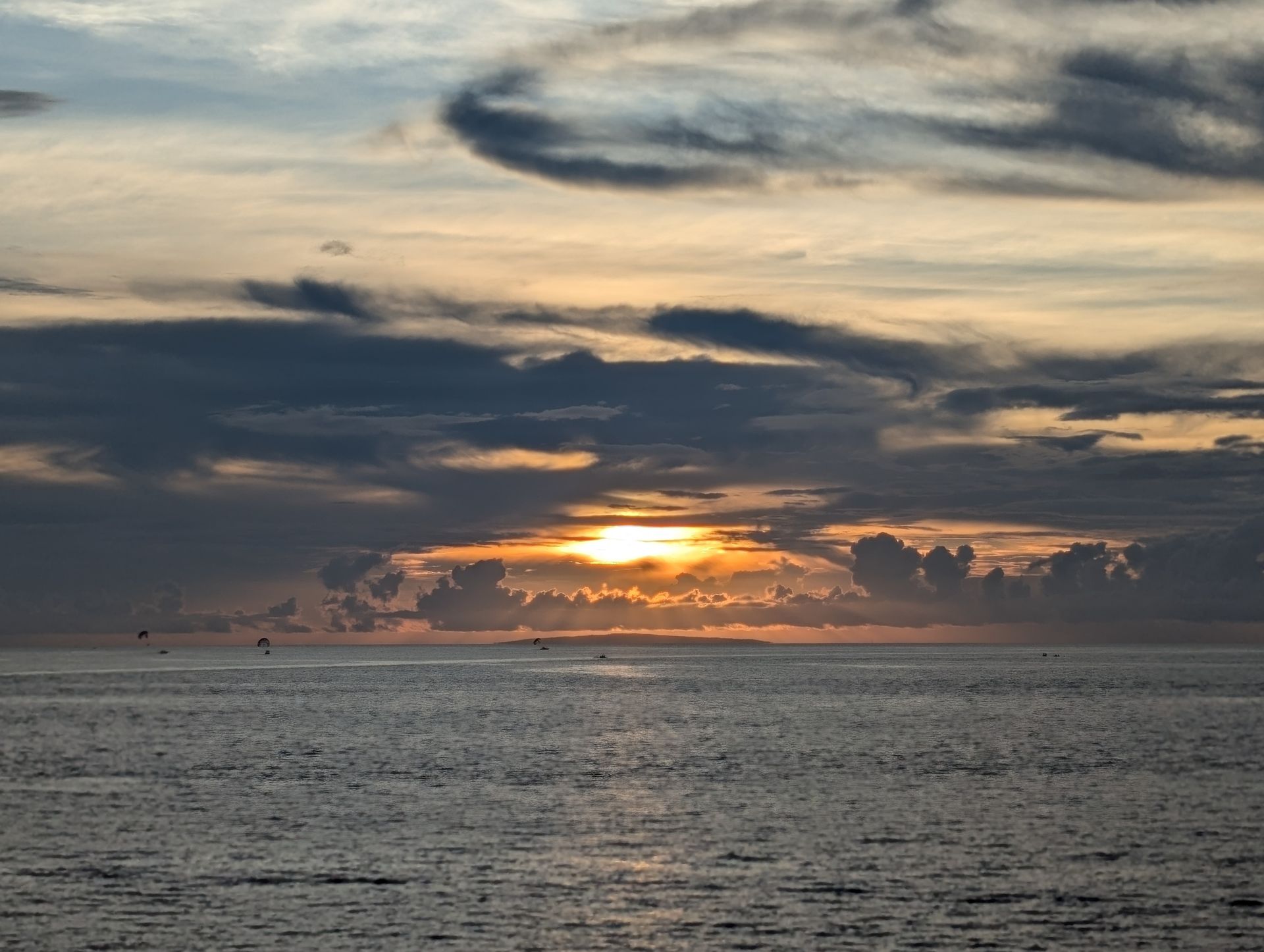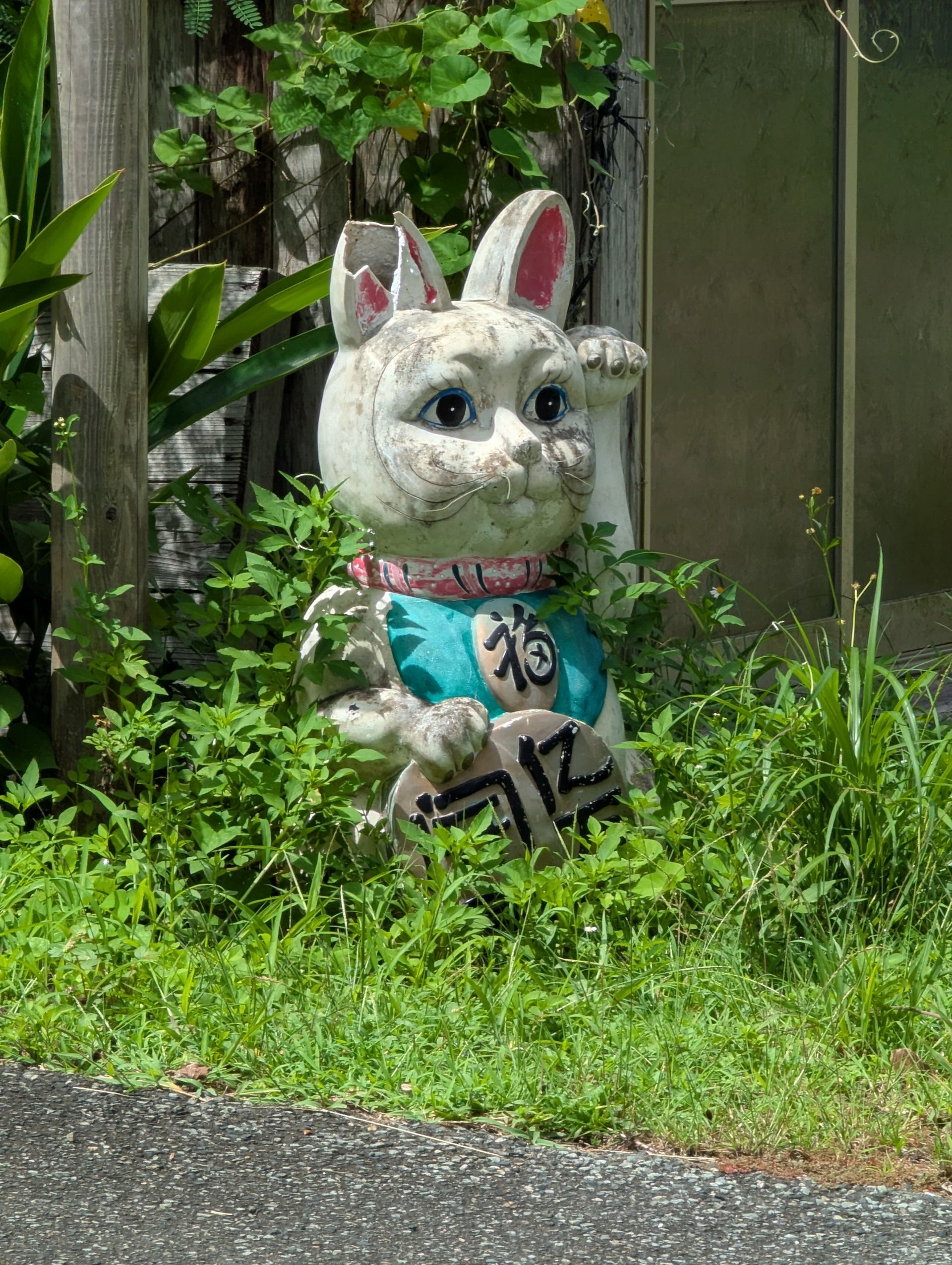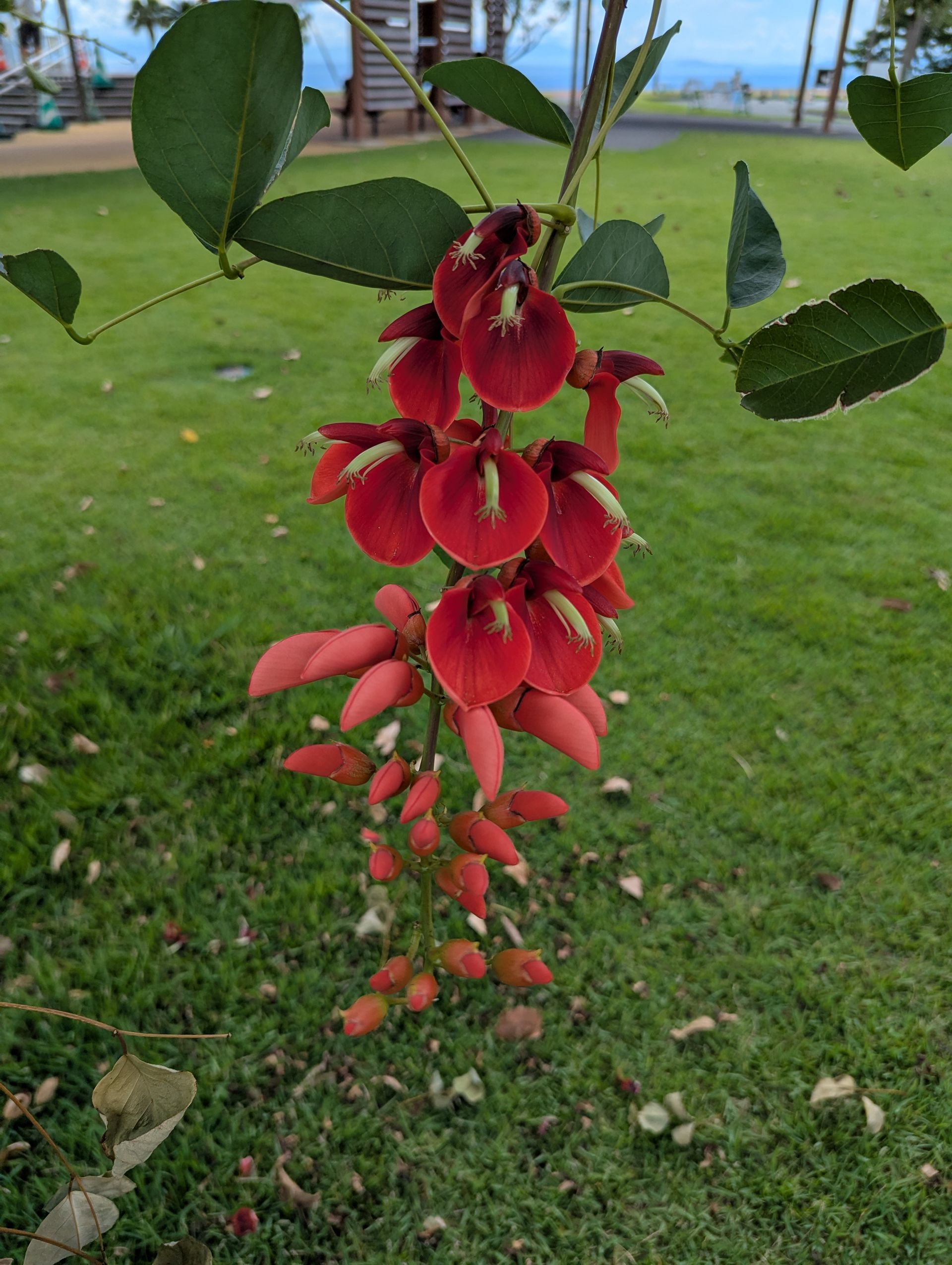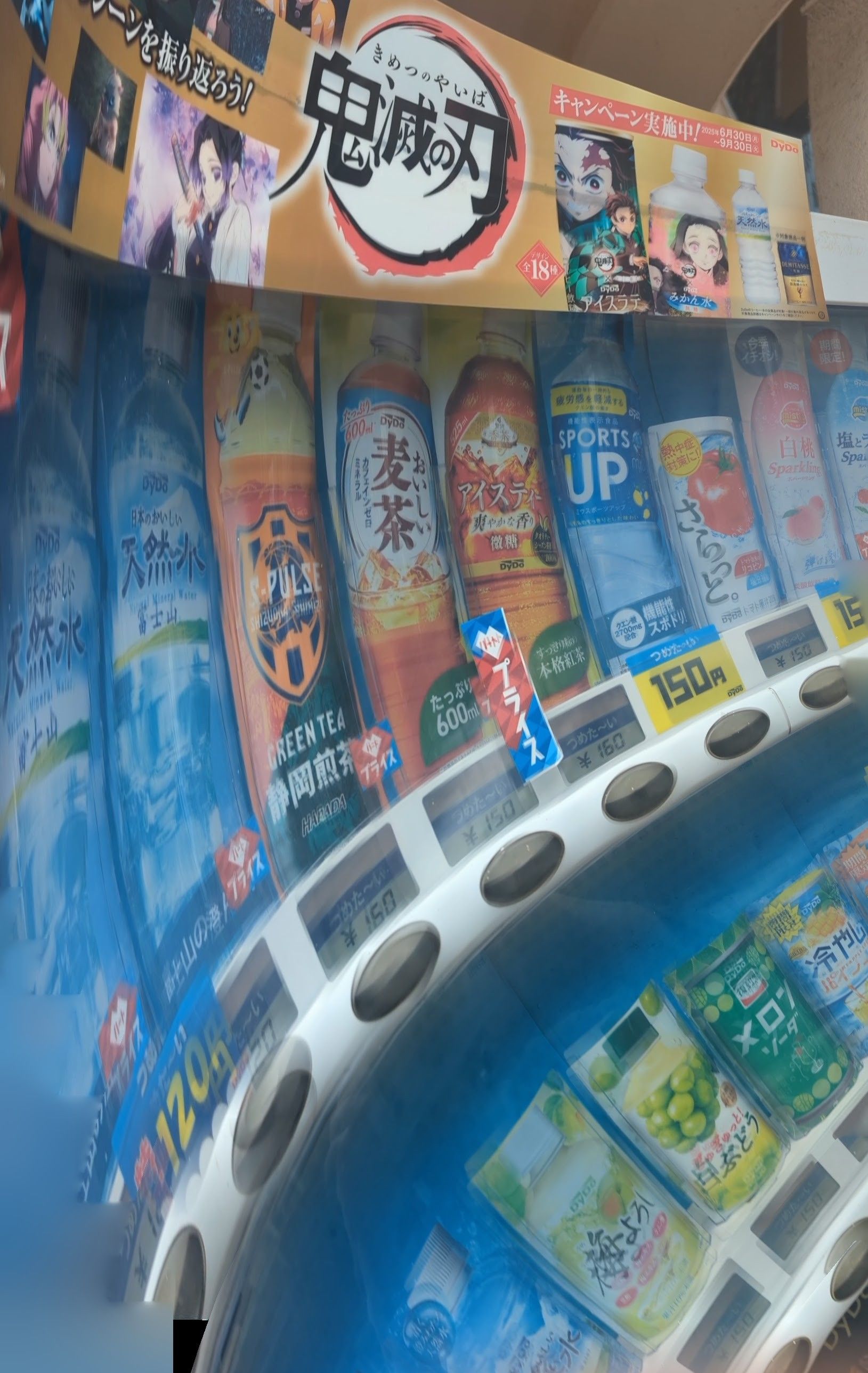Earthlings Letter #5 – “Still Life”…Let’s Talk about Rocks!
Greetings Earthlings! For a while we are going to leave the lively strutting of life that photosynthesis makes, the plants and animals and us, and take a look at the ‘still life’ of rocks.
Rocks! One of my favorite things on Earth. Those objects that just sit there and don’t go anywhere, but they contain all the mysteries of our Earth’s history. Believe it or not we started to think about rocks when we were examining dirt. Yes, one ingredient that makes rock is soil. Plants and animals are not the only things that are dependent on soil. At some point in the development of the rocks we call ‘biologic (related to living things) sedimentary rocks,’ they were soil. Soil, that is made from the decay of plants and animals, became this kind of rock. Some very ‘young’ rock of this type you can pick up and easily break apart with your hands. It is little more solid than dried mud. Older sedimentary rock is ‘solid as rock’. This happens because of the way that these rocks form, over millions of years. To understand how they are formed we must understand what activity the word ‘sedimentary’ is naming.
You studied sediment when we examined soil in the first Earthlings Letter. Sediment was what settled to the bottom of the jar of water into which you dropped a soil sample. The word sediment comes from a Latin word, ‘sedimentum’, that means ‘a settling’. If you have ever observed a chicken getting ready to rest you will have noticed it’s process of settling and finally staying in one place, very content.
The Latin word, ‘sedere’, is also a root of the word sediment and it means, to sit. So what we are noticing, in the case of sedimentary rock formation, is particles of decayed plant and animal matter drifting through water till they finally settle on the bottom of the river bed, ocean, lake or whatever, and stay put. Over lots and lots of time, (millions and millions of years) many, many layers of organic matter drift and settle and create pressure by their weight on the layers below them. Also, the pressure of the water above them is added to this and compresses (makes them flat and thin) the layers, finally making the deposits under the most pressure, in the lower levels, bond together into sedimentary rock.
Now, I mentioned that rocks contain the mysteries of Earth’s long existence. Let’s see how we can start to ‘read’ this story in rocks. Sedimentary rocks are some of the easiest to read. They can sometimes even have messages stamped right on their surfaces! We say that these rocks have ‘fossils’ in them. First, I will define ‘fossil’ then we are going to do an experiment. A fossil is the remains of an organism preserved as a mold or cast, in rock. This word comes to us from the Latin words ‘fodere’, to dig and ‘fossilis’, dug up. Now let’s do an experiment. All you will need is a piece of clay or damp mud and an object of your choice that you can easily hold in your hand. Now form your clay or mud clump into a ball maybe three inches or so across. Press the object you chose into the surface then gently pull it away. You will notice that the texture (The way something looks or feels on it’s surface) of your object has left its impression in the clay. This is called a mold of the object. And if you were to fill that mold with plaster, let it dry, then pop it out, you will have made a cast of your object.
I have a collection of fossils that are both molds and casts. They are mostly ancient clams and some plants. I have been able to find these because 3 million or more years ago or so there was a part of the Atlantic ocean covering where I live today. Many kinds of clams lived in that shallow sea and died there and were covered by sediment, layer after layer. The pressure of these layers acted like your fingers pressing an object into soft clay. The object disintegrated but its impression remained, ‘set in stone’.
So how can we read these fossil stories? We must slow our selves down and pretend we have ‘all the time in the world’. And, by the way, this is how much time rocks have had to develop! A trick you can do to slow yourself down and observe in different ways is to close your eyes. The information we get from our eyes is wired directly to the words we have been trained to use when we refer to objects we see. So often we leap to the word that will describe ‘in general’ (very simply) what we are looking at. We don’t linger and let ourselves make discoveries that the ‘namers’ may have missed! When you close your eyes you are activating other senses that are excellent observers but are often taking back stage to the ‘star’, which is sight. So, chose a rock that interests you and if you can find one with a fossil in it, great! Now, hold it in your hands and close your eyes. Let your rock tell you things about itself through your sense of touch, how rough or smooth is it, how cold or warm. See if scratching it with your fingernail will break pieces of it away. This will tell you something about its age and what it is made of. Observe through your sense of smell, is it an earthy smell, a metallic smell, or sulfurous, etc. If you wet the rock this can bring out the scent of it more clearly. Even your hearing will give you clews about your rock, for example, if you hear a stream near where you found it, flowing water could have helped it form. Start to open your mind to all the possibilities and activities of nature in the area where you found your rock and you will begin to piece together in your imagination what has formed it to its present state.
Here is what I have observed, about a rock I am holding, that has a fossil cast in it, with out using my sight to help me. I know, it is very hard not to cheat and look! The first thing that I notice while I hold the rock in my hands is how cold it is. So I start to think about why it is cold. We understand that sedimentary rocks are formed from small bits and particles under massive pressure for a long time. These particles are forced very close together and create what we refer to as a dense object.. The denser an object is the longer it will stay cold or hot. It takes longer to heat up and longer to cool down because each of the particles of the rock has to give up its portion of hot or cold in order for temperature change to happen. And there are so many of these particles in the rock! If my rock had been sitting out in the sun it would be warm. It is cold because it gets cold during the night. And it will take a while for it to warm up when the sun shines on it. Even a rock that is warm to the touch may still be cool deep inside if you were to break it open. It still has the coolness of the night inside it. And did you know that rocks move! When it heats up it expands (gets bigger) a little and when it cools down it contracts (gets smaller).
Next, I smell the rock and it smells earthy. This tells me that it is made up of mostly decayed organic material and is a ‘young rock’. Only millions of years old! Finally, I begin to feel the cast of the fossil. There is a special kind of writing that is called ‘braille’ and it is used in books for people who cannot see, so that they can read. This writing is made up of raised groups of dots, each one representing a letter in the alphabet.
In this way words can be punched into paper so that a blind person can read them with their finger tips. I am going to try to read the ‘braille’ of Earths alphabet in the fossil form under my fingers. First, I feel ridges that radiate from a central source. The overall shape is not quite round, it swells a bit like the surface of an egg and it is mostly smooth and feels longer than it is thick. Since I know that I found this fossil where there used to be an ocean, I can guess that it is an animal that lived in the sea and protected itself with a shell.
It is the shape, of a once living creature turned into stone, that my fingers ‘read’. And this is just the start. One answer leads to another question and another answer and another question and on and on… Our Earth is alive in countless ways and life causes change and change creates more questions for us to think about. There will always be some thing new for you to try to figure out! So, if someone says to you ‘those are just a rocks’, you can reply, ‘they are not just rocks, they are capsules of earth history. And they tell us wonderful things!
